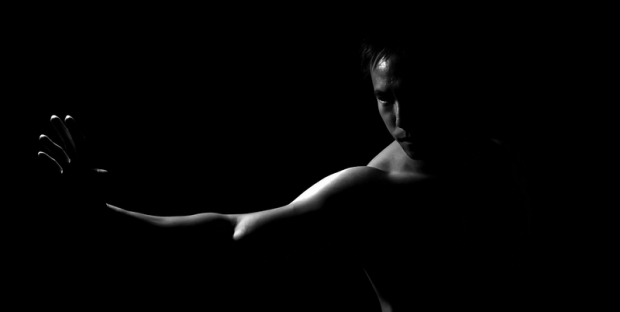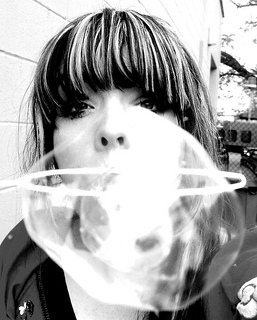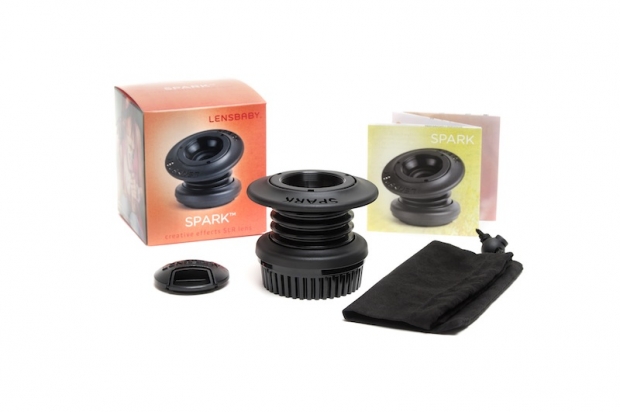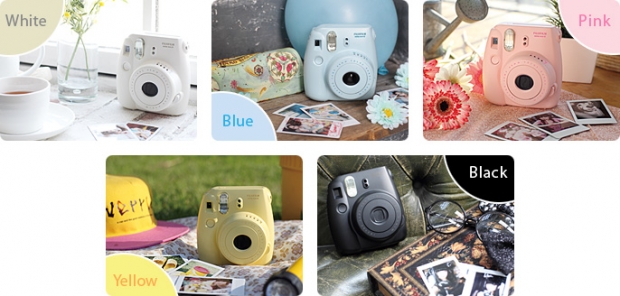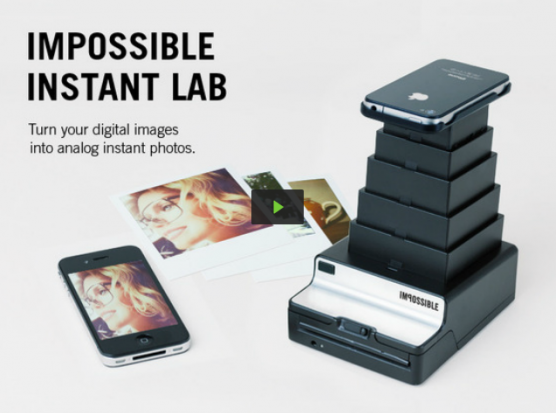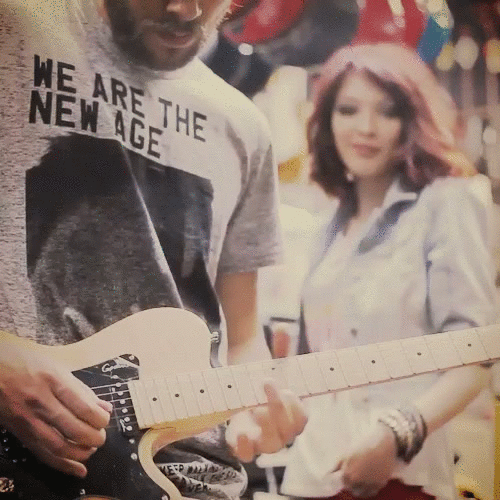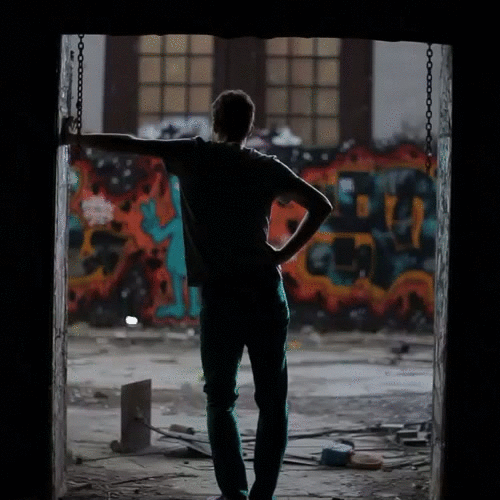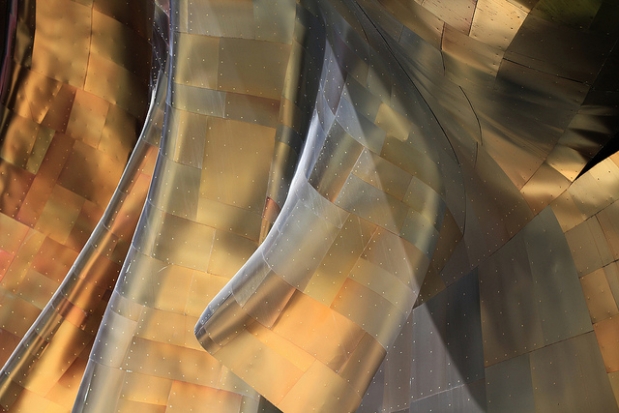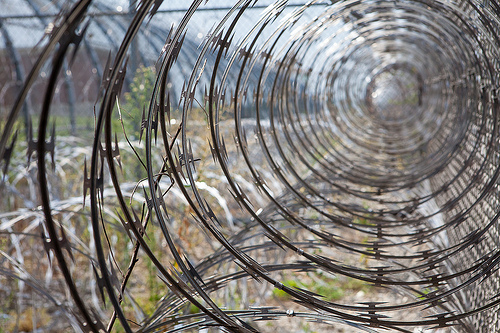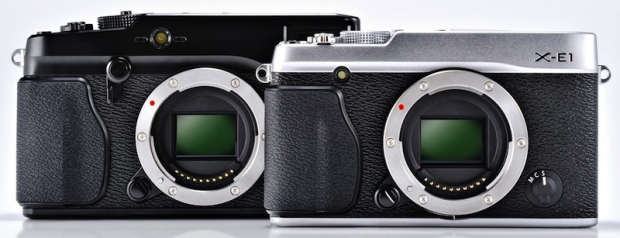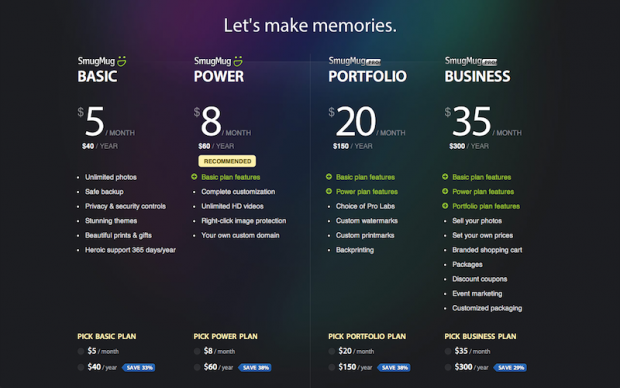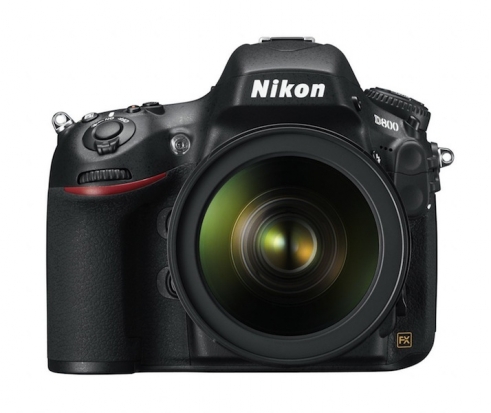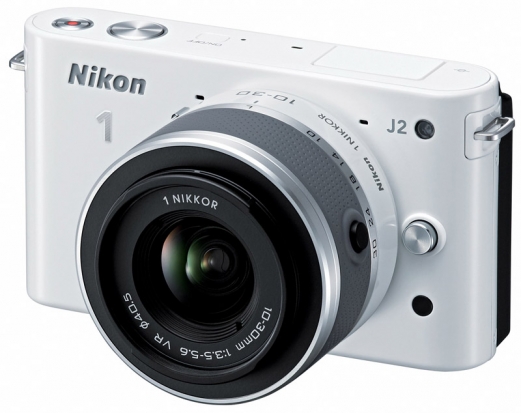
Photokina is by turns exciting and exhausting. So much is going on you barely know where to look first or next. I've done my very best to keep you abreast of the major announcements here on Pixiq, but just in case you missed something, and to cover those announcements that I couldn't squash onto the front page, here's the Photokina 2012 round-up.
Canon
Canon's big news for Photokina was the full-framed sensor but diminutive-of-body 6D. Sticking with the 'small-is-beautiful' theme, they also updated their high-end compact camera range, with the G15 and the S110.
The G15 is coming in approximately 17% smaller than the G12 (yes, Canon skipped G13 and G14) but with the brightest lens in the series yet. It ranges from ƒ/1.8 at its widest (28mm in 35mm equivalent) to ƒ/2.8 at 140mm (also 35mm equivalent). It has a 12 megapixel sensor with a DIGIC 5 processor, sensitivity that reaches ISO 12,800, a burst rate of 10 frames per second, and everything that you'd expect from the G-series: Raw capability, full manual control, HDR mode, and image stabilisation. This one will be about £550.
I'm still languishing with a two-iterations-ago S95, which my little brother has currently seconded. If he decides to keep it, I'll be quite happy with the upgrade to the S110. This one has an ƒ/2.0 lens with 5× optical zoom, a 12 megapixel sensor and DIGIC 5 processor, just like its predecessor, the S100. However, its sensitivity now reaches ISO 12,800 and it comes with wi-fi and a touch-screen. All for about £430.
If you're looking for something with more zoom, there's also the SX50 HS, which has a 50× optical zoom (and plenty of accompanying image stabilisation), 12 megapixel CMOS sensor and DIGIC 5 processor, Raw capability, and manual control. It'll cost about £450.
Fujifilm
Fujifilm didn't get carried away at Photokina. But then they didn't really need to as the XF1 was named as star of the show. I admit it, I'm a tiny bit in love with it.
Hasselblad
Hasselblad seemed to turn more heads with its intention to start producing the EVIL Lunar camera than it did with its pre-Photokina H5D announcement. But then when one of the most famous names in medium format photography unveils a 24 megapixel, mirror-less, interchangeable lens camera that is going to sell for around €5,000, it might be a bit of an attention grabber. Not forgetting that the designs include the use of carbon fibre, wood, titanium, leather, and precious metals.
As for the H5D, it will come with 40, 50, and 60 megapixel options, as well as 50 and 200 multi-shot versions. It features improved weather-sealing, new, larger buttons and a brighter display, Raw + JPEG mode, and is bundled with Adobe Lightroom 4.
Leica
As well as five new cameras and the marketing decision to drop iteration numbers from the S and M series cameras, Leica also popped up with three lenses, some adaptors, and a clutch of binolculars. Lens-wise, you're looking at a 24mm ƒ/3.5 prime for its S series (that's a 19mm equivalent in 35mm format); a 30-90mm ƒ/3.5-5.6; and the first fully adjustable tilt-shift for its S series, a 120mm ƒ/5.6.
Lensbaby
Lensbaby went for a fun, cheap, and allegedly youthful addition to its range, the Spark. I reckon anyone can use it, though.
Nikon
Nikon's big announcement came in advance of Photokina, when it also dipped its toes into the smaller-sized but bigger-sensored waters with the D600. There was also a new lens for 1 Series of cameras: an 18.5mm ƒ/1.8, which should retail around £180.
Olympus
As for Olympus, they announced four new lenses, three new cameras, two turtle doves, and one re-branding.
Panasonic
Panasonic has added the GH3 to its Lumix range. You're looking at a 16 megapixel, wi-fi-enabled, weather-proofed camera here, but one that is definitely aimed at video, with its 1080 50p AVCHD output and promotional video by Philip Bloom. Not forgetting the headphone jack for external sound recording. It'll probably cost around £1,000 and be available from November 2012.
Pentax
Pentax unveiled their newest cameras in advance of Photokina. There's an upgrade to the K-5, in the form of the K-5 II; a specialist K-5 II S, which is the K-5 II with the anti-aliasing filter removed; and the Q10, which revamps the tiny Q EVIL camera.
Samsung
Two new lenses for Samsung: a 12-24mm ƒ/4.0-5.6 and a 45mm ƒ/1.8, both for their NX cameras.
Samyang
Samyang brought its 10mm ƒ/2.8 lens to the Photokina party. With an equivalent focal length of 15 or 16mm in 35mm format, it has been aimed at architectural and landscape photographers. It'll probably be ready in early 2013.
Sigma
Sigma announced that it is dividing its lenses into three categories for marketing purposes from now on: Contemporary, Art, and Sport.Contemporary is about the latest in technology and optical development; Art focuses on expression and optical power; Sport is probably self-explanatory, telephoto and super-telephoto lenses aimed at capturing things in motion!
Accordingly, it has released one lens in each of these categories. There's a 17-70mm ƒ/2.8-4.0 macro; a 35mm ƒ/1.4 prime; and a very tasty sounding 120-300mm ƒ/2.8, which is dust and moisture resistant.
Sony
Sony did the pre-Photokina announcement thing, unveiling its A99 full-frame, translucent mirror flagship, its pocket-sized full-framed RX1 compact, and the NEX-6 last week.
If you're thinking of splashing out on a new EVIL camera, the NEX-6 comes with a 16 megapixel CMOS sensor with a maximum sensitivity of ISO 25,600. There's a hybrid auto-focus system and 10 frames-per-second burst mode. And built-in wi-fi, which is the new must-have.
Tamron
Tamron added two lenses to line-up, both of which have piqued my interest. First there's a 90mm ƒ/2.8 macro, followed by a 70-200mm ƒ/2.8 telephoto. Both feature vibration compensation and ultra-silent drives, and will available for Canon, Nikon, and Sony mounts. No dates or prices yet, but I'll be keeping an eye open for them.
That's a wrap?
Well, it's certainly the headline offerings. It doesn't look at gadgets and gizmos, camera bags, printers, editing software, or just about anything else that Photokina has to offer.
But what is there to take away from Photokina 2012?
Definitely that wi-fi is the new must-have for any camera, and that sensor technology is bringing us to a point where full-frame is becoming a financial possibility for cheaper and lighter cameras. I don't think it will be too long before anyone who isn't completely dedicated to having the smallest camera possible will be shooting with a full-frame digital sensor as standard.









